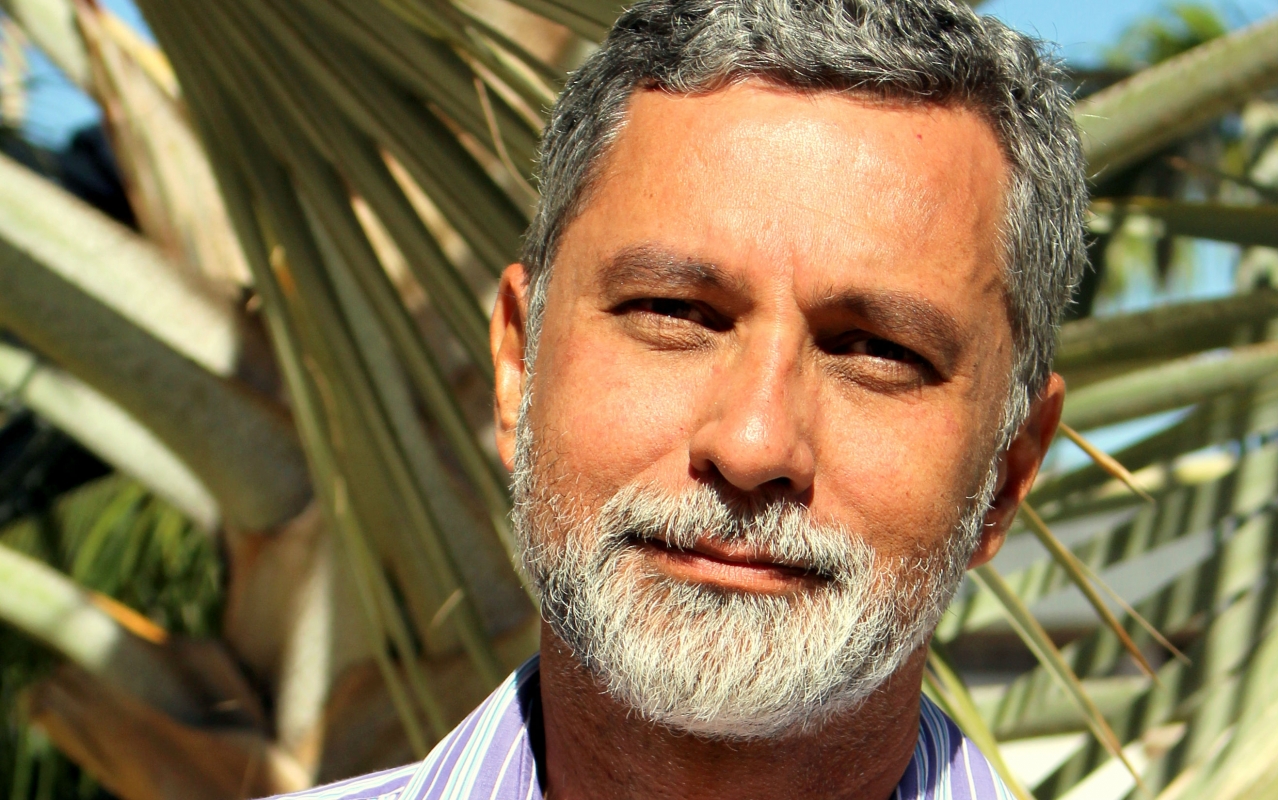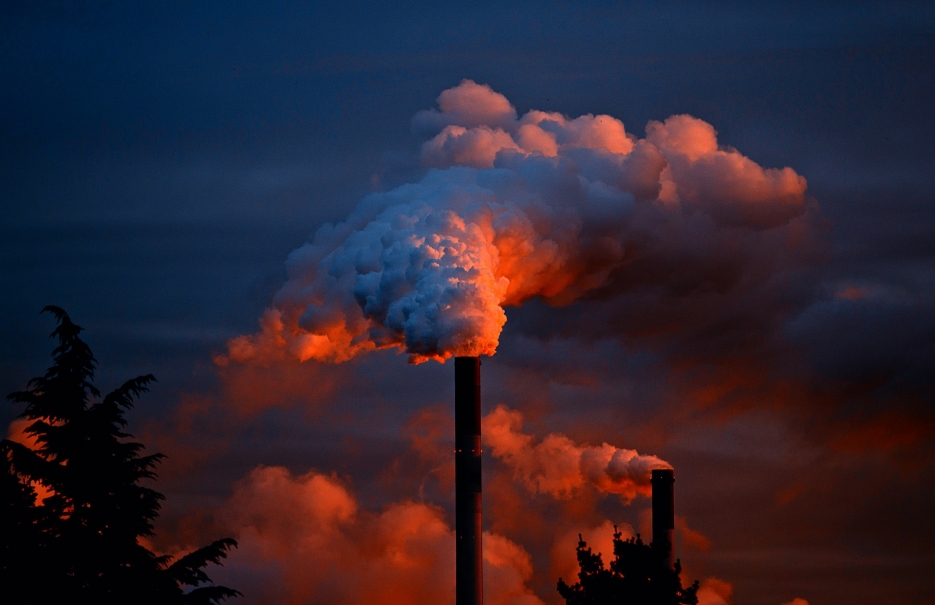Cerrado: the impact is on the table

Mario Barroso*
If we're the reflection of what we eat, the planet Earth is the expression of our eating habits. For the last 10 thousand years, man has been transforming natural landscapes with agriculture and grazing, shaping the ecosystems. Fingerprints of this unsustainable dynamics, the modifications made only in the last five decades in Brazilian Cerrado impress and concern.
One of the most important areas for preserving the planet's biodiversity, the cerrados covered originally around 24% of the national territory. But that changed a lot. According to Terraclass - system of the National Institute for Space Research (Inpe) that maps the use of earth and vegetable coverage in the biome - nearly half of this territory had been modified until 2013 and more than 90% of these modifications had occurred according to the food manufacturing, especially meat and soy.
While the expansion of agriculture occurs in soils with more agricultural aptness, the expansion of planted pastures is given in a more general way. Today, the annual average rate of deforestation in the Cerrado is around 6 thousand square kilometers, more than the loss of nature coverage of Amazon in 2014, which was around 4,8 thousand square kilometers.
The advance on the natural areas of Cerrado resulted in an exceptional growth of the agricultural production in Brazil and that will enable the country to become in no time the biggest food producer of the world if it keeps in this pace. The positive impacts are very highlighted, especially by the sector that is proud for "accelerating the national economy".
But little is said about the negative impacts of the expansion over the Cerrado. And it's not only for Brazil. One of the biggest researchers of biome, Mercedes Bustamante from the University of Brasília, warns us that the Cerrado is going through an intense process of fragmentation that compromises important ecological functions.
Think about the natural environment as a big organism and the Cerrado is one of its "vital organs". One of the roles that the Cerrado plays in the ecological balance is the maintenance of the hydraulic system of the country. The Cerrado shelters headwaters of three great basins of the South American continent (Tocantins-Araguaia, Paraná-Prata and São Francisco).
Besides the warnings from scientists about the importance of conservation of this "water tank", the deforestation progresses and compromises this environmental service that the Cerrado provides to the nation for free. To Mercedes Bustamante, we're "closing the tap" that provides water for the city and the country.
From the climate perspective - and then the scale of impact is worldwide -, the changes in Cerrado had already lighten the yellow light for the scientists.
Between 2005 - 2010, the Brazilian emission of CO2 coming from the deforestation and changes in the use of earth were reduced in 83%. This decrease happened mainly by the decrease of Amazon deforestation. In Cerrado the story is different. The contribution to the Cerrado deforestation increased. Between 1994 - 2002, the emissions of the biome reached 1704 megatons (millions of tons) and increased to 1845 megatons between 2002 - 2010.
According to the Food and Agriculture Organization of the United Nations (FAO), Brazil had overcome United States in agricultural emissions and it's in third place, only after China and India. It's worth mentioning other impacts not completely understood, but that have great potential for damages in short, medium and long term.
According to FAO, the use of pesticides in Brazil had jumped from 117 thousand tons to 353 thousand tons between 1999 and 2014 due to the increase of insecticide use. Annually, more than 3 million tons of fertilizers are necessary to maintain the productivity. Most of the pesticides were thrown over the crops located in the Cerrado. Besides the food, water, soil, air and the biodiversity are contaminated by spraying of pesticides.
It seems reasonable in economical terms that Brazil keeps the expansion path of the agricultural production. But we need to escape from the logic of territorial expansion of farming and to start the ecological intensification. For this, the Brazilian Agricultural Research Corporation (Embrapa) is working on new technological packages with the integration farming - livestock - forest. The challenge is to revert the low productivity of areas considered degraded - an abandoned pasture, for example - and reincorporate them in the production.
With this path, we can enable the commitments of zero deforestation from agriculture and livestock production chains and we can develop traceability and transparency mechanisms for the rural environment.
But we can go further. We, as consumers, have the transformation power that a lot of us don’t even known. Our consumption habits can change industries and influence the development of new technologies. It was with pressure on the market that we banned chlorofluorcarbon (CFC), used for a long time in refrigeration and air conditioning, foam, aerosol and fire extinguisher industries. With this, we recovered nothing less than the Ozone Layer, that was depleted by the emission of these gases.
So why don't we do the same with food? Correct information about the origin, quality and production method allow better choices or at least a better conscience about our impact. The great international buyers of agricultural commodities are asking for the products to come free from deforestation during their production chains. This is a result from consumer pressure.
The same way we have the labelling with nutritional values, there are established standards for environmental labelling, but they’re still hardly used. We have to be more demanding with regard to the transparency of the origin and production of food. And we can do that by demanding to those who sell agricultural and livestock products. With this key in hand we can open the doors of a scenery in which the food is a friend of the environmental conservation and not one more factor of natural degradation.
*Mario Barroso is Conservation Superintendent of WWF-Brazil

Museum of Tomorrow is an Applied Sciences museum which explores the opportunities and challenges which humanity will be forced to tackle in the coming decades from the perspective of sustainability and conviviality. Launched December 2015 by Rio de Janeiro City Hall, Museum of Tomorrow is a Culture asset from Rio's Secretary of Culture currently managed by Instituto de Desenvolvimento e Gestão (IDG). Example of a well-succeeded partnership between public power and private initiative, it has already received over three million visitors since opening. With Santander Bank as a Master Sponsor and a wide network of partner sponsors as Shell, IBM, IRB-Brasil RE, Engie, Grupo Globo and Instituto CCR, the museum was originally conceived by Roberto Marinho Foundation.
